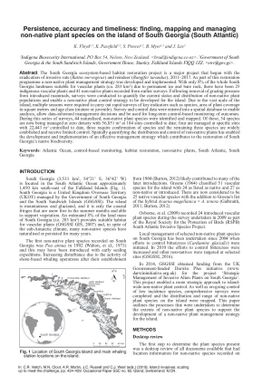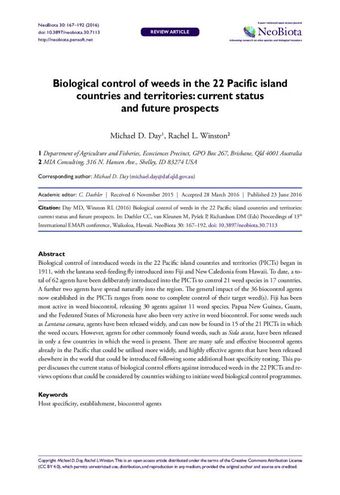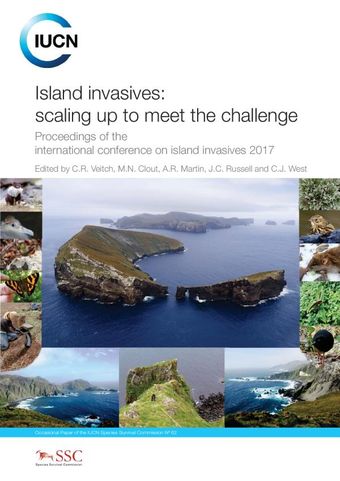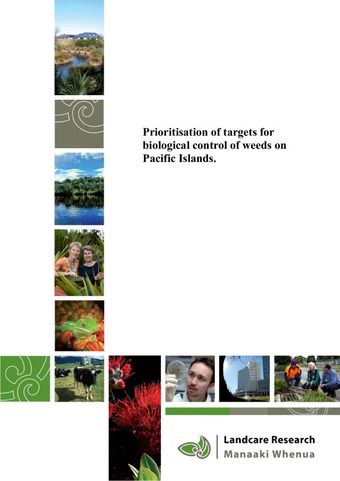Persistence, accuracy and timeliness: finding, mapping and managing non-native plant species on the island of South Georgia (South Atlantic)
- Description:
- The South Georgia ecosystem-based habitat restoration project is a major project that began with the eradication of invasive rats (Rattus norvegicus) and reindeer (Rangifer tarandus), 20112017. As part of this restoration programme a non-native plant management strategy was developed and implemented. With only 8% of the whole South Georgia landmass suitable for vascular plants (ca. 283 km²) due to permanent ice and bare rock, there have been 25 indigenous vascular plants and 41 non-native plants recorded from earlier surveys. Following removal of grazing pressure from introduced mammals, surveys were conducted to quantify the current status and distribution of non-native plant populations and enable a non-native plant control strategy to be developed for the island. Due to the vast scale of the island, multiple seasons were required to carry out rapid surveys of key indicators such as species, area of plant coverage in square metres and age class (mature or juvenile). Survey and control data were entered into a spatial database to enable analysis, allow data-informed management decisions and be used for long-term control-based monitoring of outcomes. During this series of surveys, 44 naturalised, non-native plant species were identi?ed and mapped. Of these, 34 species are now being managed at zero density with 56,851 m2 at 184 sites controlled to date; four are managed at speci?c sites with 22,443 m2 controlled to date, three require con?rmation of species and the remaining three species are widely established and receive limited control. Spatially quantifying the distribution and control of non-native plants has enabled the development and implementation of an e?ective management strategy which contributes to the restoration of South Georgias native biodiversity.
- Display date:
- 2019
- Collections:
- Secretariat of the Pacific Regional Environment Programme (SPREP)
- Publisher:
- International Union for Nature Conservation (IUCN)
- Content partner:
- Secretariat of the Pacific Regional Environment Programme (SPREP)
- Availability:
- Not specified
-
Copyright status: All rights reservedFind out more about what you are able to do with this itemThis item is all rights reserved, with means you'll have to get permission from Secretariat of the Pacific Regional Environment Programme (SPREP) before using it. For more information, please see our use and reuse page.What can I do with this item?Non-infringing useNZ copyright law does not prevent every use of a copyright work, and this item may be hosted by an international institute or organisation. You should consider what you can and cannot do with a copyright work.No sharingYou may not copy and/or share this item with others without further permission. This includes posting it on your blog, using it in a presentation, or any other public use.No modifyingYou are not allowed to adapt or remix this item into any other works.No commercial useYou may not use this item commercially.
Related items
Welcome and warm Pasifik greetings
The information on this site has been gathered from our content partners.
The names, terms, and labels that we present on the site may contain images or voices of deceased persons and may also reflect the bias, norms, and perspective of the period of time in which they were created. We accept that these may not be appropriate today.
If you have any concerns or questions about an item, please contact us.



